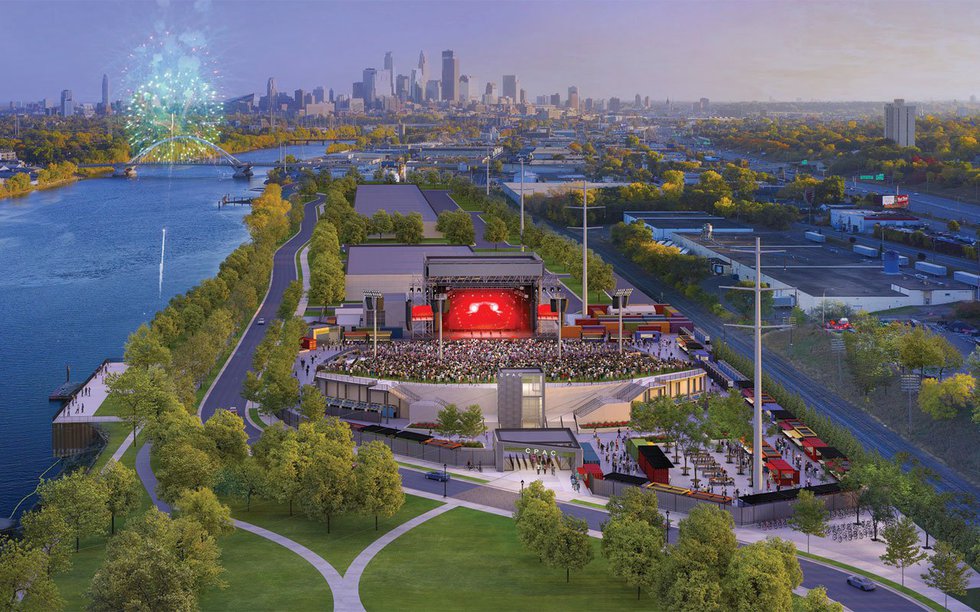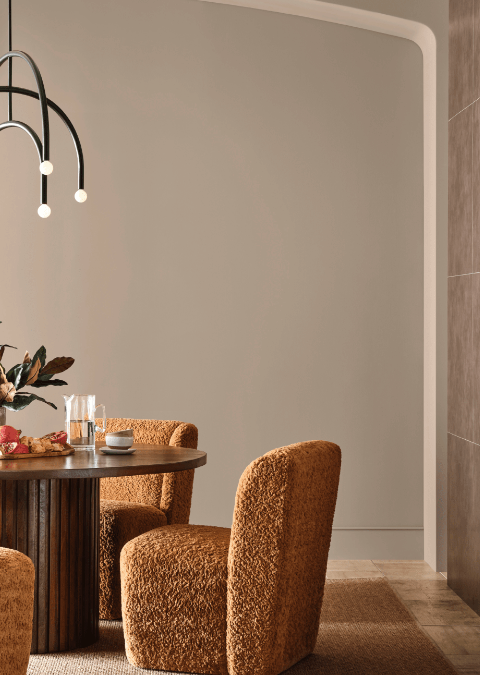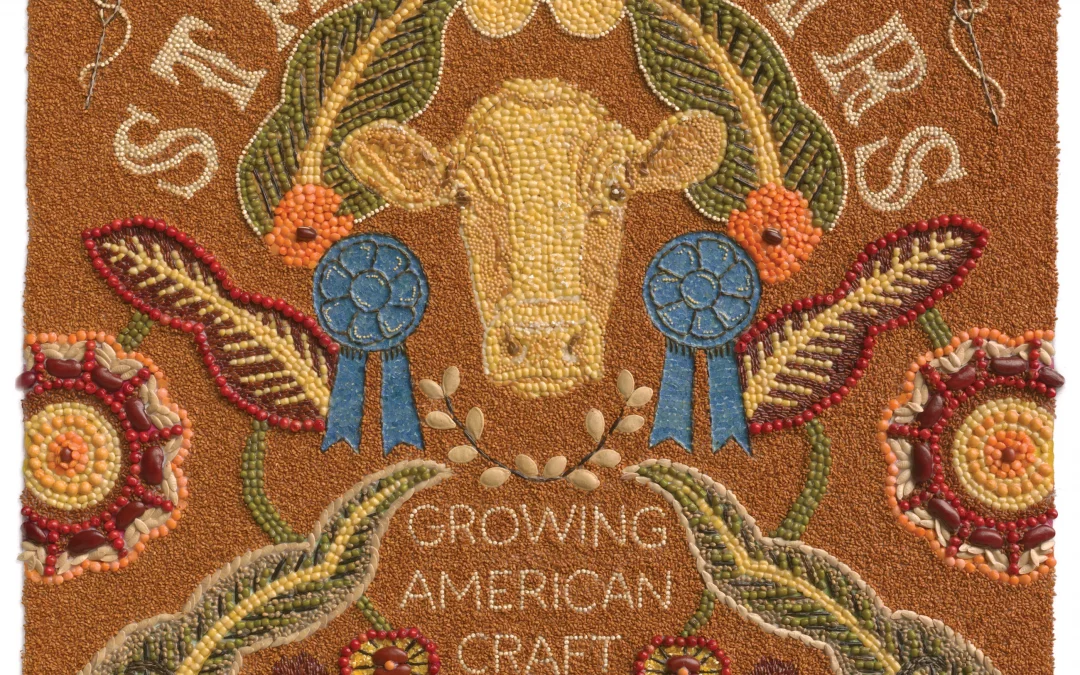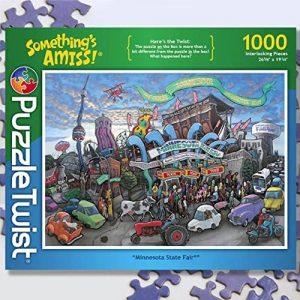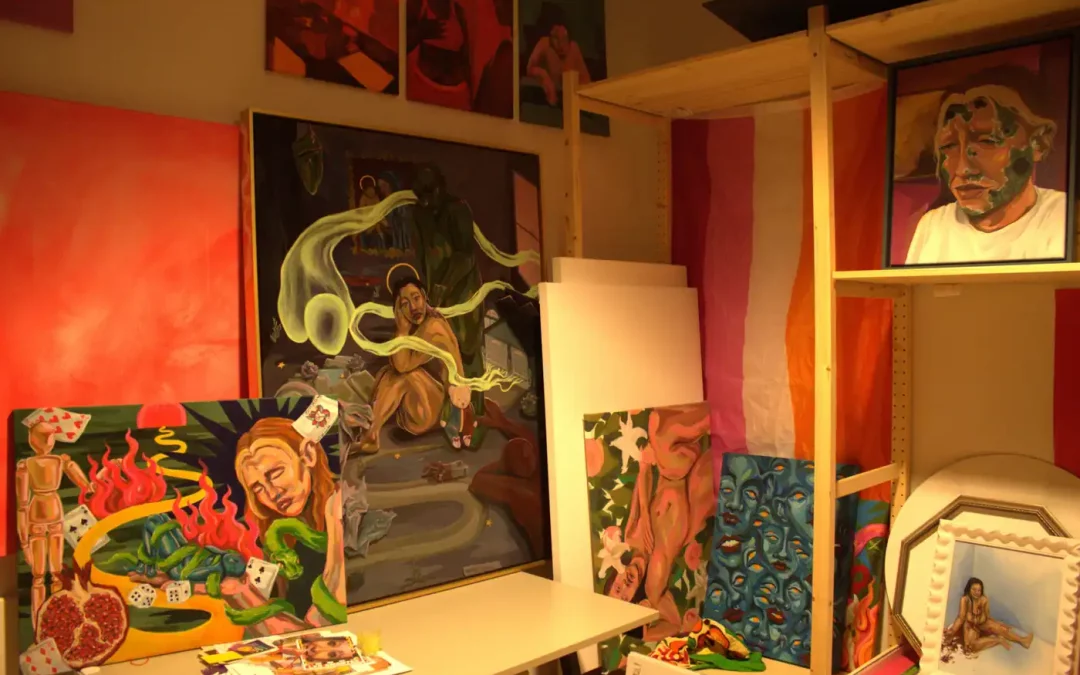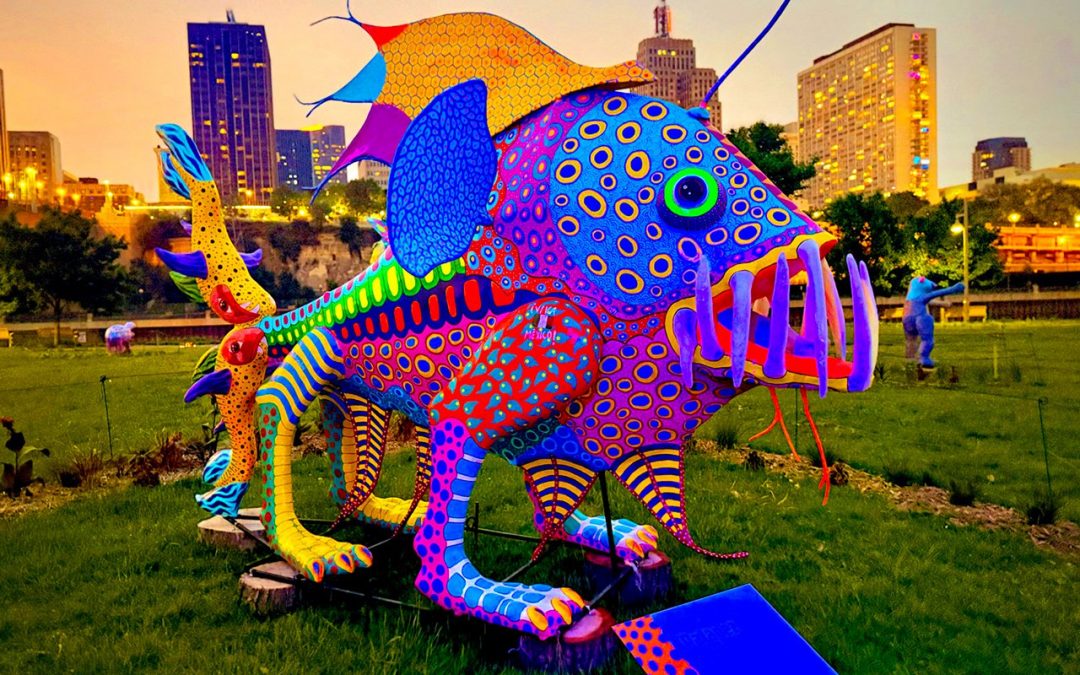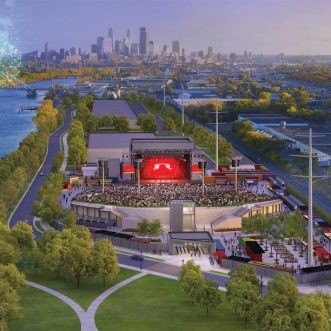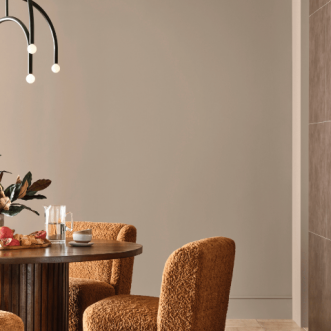Locals in downtown St. Paul may have noticed something mystical on Raspberry Island in late May. The oft-vacant public park developed a small population of vibrant, multicolored creatures, some of whom tower over trees and others who hide in the roof of the park amphitheater. The mysterious sculptures are standing watch over the spot along the Mississippi River in an exhibition from the Minnesota Latino Museum called Alebrijes: Keepers of the Island.
Alebrijes come from a dreamworld—literally. As the story goes, in 1936, Mexican visual artist Pedro Linares fell ill and suffered feverish hallucinations where he wandered through a forest filled with bizarre animals who chanted the word that would become their names: “Alebrijes! Alebrijes! Alebrijes!”
Linares constructed sculptures that inspired generations of artists to produce their own hallucinatory creations. With rebar and discarded steel structures covered in cardboard, wrapped in paper, and coated with acrylic paint, these papier-mâché artworks morph animals into strange beings with exaggerated features and facial expressions, like a frog with butterfly wings or a fish with the legs of a lion.
The Alebrijes exhibition started in Cantigny Park outside of Chicago in 2022. The installation featured monumental sculptures that had been created the year before in Mexico City. Among the guests at the park that year was Aaron Johnson-Ortiz, the executive director of the Minnesota Latino Museum. Johnson-Ortiz visited the sculptures multiple times, as well as the smaller presentations that followed. He was excited.
“I’ve been asking for this exhibit for such a long time,” Johnson-Ortiz said. “I was just so deeply impressed with the quality of the work, [and] the sense of excitement and wonder from the community.
“It balances something that’s very difficult in the art world: a serious art form, but it’s also widely accessible to a great number of people,” he added.
The alebrijes arrived in storage in Minnesota last fall before installation began in May. As an art form, these papier-mâché sculptures, 16 in total, are unique. They are not permanent outdoor public art: They demand repainting and sometimes replacement of their cardboard bodies.
…
“The pieces that we have in Minnesota are, in one sense, created in Mexico City in 2021, and then, in a different sense, complete new creations that are being presented in Minnesota,” Johnson-Ortiz said. “So, it’s an evolving, living art form that changes with time and with the seasons.”
Johnson-Ortiz also emphasized that the location of the sculptures is no accident. While other areas might have better site maintenance and security, he wanted the alebrijes on Raspberry Island.
“The City of St. Paul has been saying for decades that they want to revitalize the Mississippi riverfront, especially in the downtown area,” Johnson-Ortiz said. “What I’ve seen is a lot of money has been spent on all kinds of bureaucratic procedures and committees and proposals… but very little measurable action.” He knew the popularity of the exhibition could “leverage public attention and city resources to revitalize the riverfront.”
At the same time, the Alebrijes exhibition presents an opportunity to Johnson-Ortiz and the Minnesota Latino Museum. The museum does not formally exist yet, it is still just a proposal. The group has secured a location in the West Side Flats area of Harriet Island Regional Park and received letters of support from Mayor Melvin Carter and City Council President Rebecca Noecker, as well as groups like St. Paul Parks and Recreation, the St. Paul Port Authority, and St. Paul Public Schools.
…
Still, the project needs funding if it wants to open its doors in five years. The colorful creatures on Raspberry Island might help. The Minneapolis Institute of Art keeps data on its most-attended exhibitions. To this day, The Vikings, a 1981 show that featured a full-size viking ship built in northwest Minnesota, remains Mia’s most popular exhibition with 212,956 visitors.
Johnson-Ortiz believes the alebrijes can contend in that arena. He expects the sculptures, which saw 60,000 visitors before the first month finished, will draw somewhere between 100,000 and 150,000 visitors by the end, which would rank alongside the Mia’s top 10 most popular exhibitions and could land within the top three, possibly making it one of the most popular Twin Cities exhibitions in more than 30 years.
“For an organization of our size, which literally has one staff person—that’s me—that we’re hitting numbers that major institutions hit, we feel that this is a compelling narrative to both the city as well as private funders and the state of Minnesota,” Johnson-Ortiz said. “The quality of the work that we’re bringing is highly compelling to the general public, [and] certainly to the Mexican and Latino community of Minnesota.”


